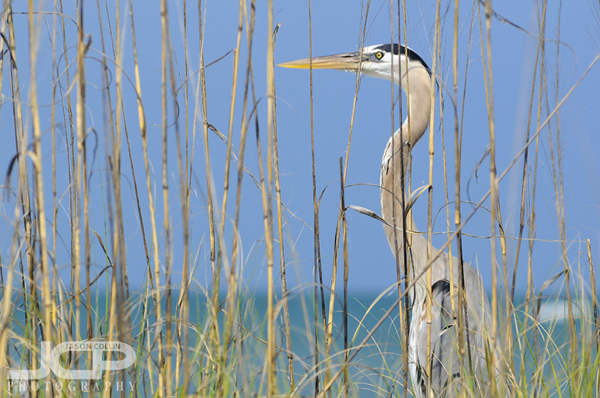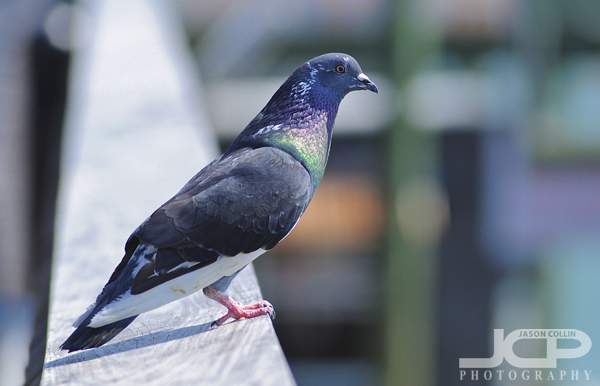 free iPhone wallpaper -- Brown Pelican in Flight in Saint Petersburg Florida in tin type processing
free iPhone wallpaper -- Brown Pelican in Flight in Saint Petersburg Florida in tin type processing
Start your work week off with a free new wallpaper for your iPhone or iPod touch!
For several weeks I have had an ongoing project to photograph a pelican just skimming over the water's surface. I have not yet been successful in making that image, however in that pursuit I was able to make this in-flight shot of a brown pelican. I chose tin type processing for this image because a few weeks ago I went to an antiques fair and had a chance to browse some true tin type prints and was fascinated about how vivid some of them remained even though they were printed over a 100 years ago.
I hope to be able to provide a shot of a pelican skimming over the water soon! In the meantime, it is always fun for me to photograph birds in any manner.
A high resolution print of Tin Type Pelican in Flight can be purchased here.
*********
My full (and growing) collection of iPhone wallpapers can be viewed HERE and are available for just $1 each.
*********
To Install the wallpaper onto your iPhone:
1. Right-click or control-click on the image.
2. Select “Save as…”
* Mac users: save the image to a folder or add it to your iPhoto library.
* PC users: save the image in your “My Pictures” folder.
Connect the iPhone/iPod Touch to your computer and do the following:
1. Launch iTunes, click your iPhone icon on iTunes, choose the Photos tab, and select “Sync photos from:”
2. From the pop-up menu, do one of the following:
* If your using a Mac, choose iPhoto or your Pictures folder.
* If you’re using a PC, choose My Pictures folder.
3. Choose Folder, then choose any folder on your computer that has images.
4. Choose “All photos,” or choose “Selected folders” or “Selected albums” and choose the folders or albums you want to sync.
On your iPhone:
5. Launch the Photos app. Browse through the albums or Camera Roll until you find the picture you wish to use.
6. Select the picture so it is displayed full screen.
7. Tap the icon in the lower left corner of the screen. If you don’t see the icon, single tap the picture to display the menus.
8. A menu pops up with three options: Email Photo, Use as Wallpaper, or Assign to Contact.
9. Choose “Use as Wallpaper"
Thanks to Photo Focus and Scott Bourne for the directions above.
All iPhone/iPod Touch Wallpapers are provided without any technical support. Each image is a 320×480 jpg file. All images are Copyright Jason Collin Photography, All Rights Reserved. You are granted a single use, non-exclusive, perpetual license to install this wallpaper on any iPhone or iPod Touch personally owned by you. This license grants you the right to use the wallpaper for non-commercial/personal use only. You may not re-sell, distribute, print or otherwise publish the image without the express written consent of the Copyright owner: Jason Collin Photography
 brown pelican (female) - Nikon D300 with Nikkor AF ED 80-200mm f/2.8D lens @ f/4 ISO 800 1/400thPelicans are very malleable birds. Though they may not be very beautiful or majestic, I think if I had to live life as a bird I might choose to be a pelican just for how many different ways they can fly, swim and rest in. One of my long term photography goals is to photograph a pelican at near eye level as it just skims over the surface of the water. In the meantime, I still find pelicans in new positions I have not seen before.
brown pelican (female) - Nikon D300 with Nikkor AF ED 80-200mm f/2.8D lens @ f/4 ISO 800 1/400thPelicans are very malleable birds. Though they may not be very beautiful or majestic, I think if I had to live life as a bird I might choose to be a pelican just for how many different ways they can fly, swim and rest in. One of my long term photography goals is to photograph a pelican at near eye level as it just skims over the surface of the water. In the meantime, I still find pelicans in new positions I have not seen before. 






